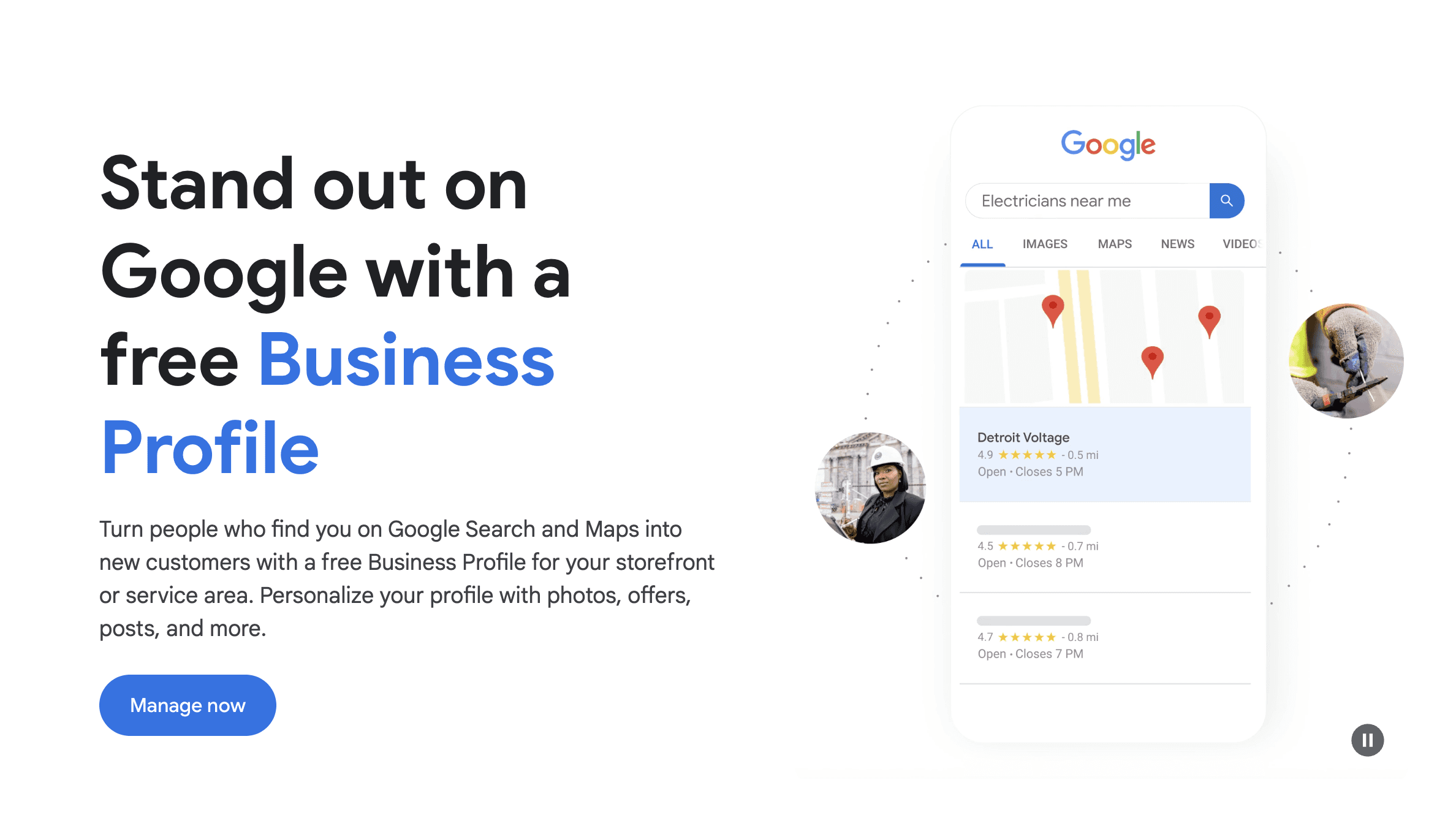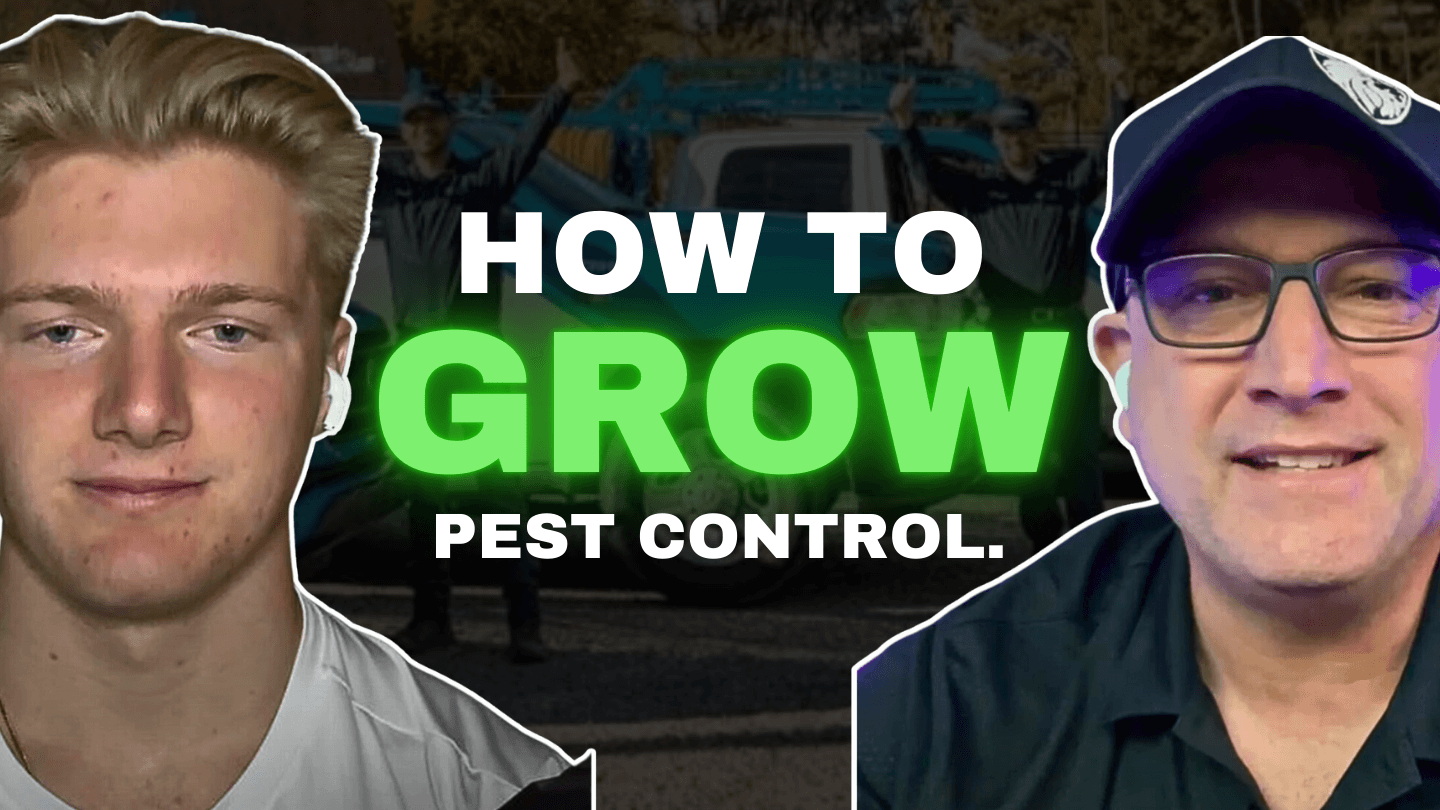Informational
Local SEO For Contractors: How To Do Contractor Local SEO
Danny Leibrandt
Jun 17, 2024
If you’re a contractor, ranking high in local search results can be the difference between a steady stream of new clients and struggling to get leads. Most homeowners or businesses looking for contractors start with a local search on Google. To ensure your business is the one they choose, you need a solid local SEO strategy. In this guide, I’ll walk you through the key steps to effectively do local SEO for contractors, helping you dominate your market and increase your visibility online.
1. Why Local SEO Is Essential for Contractors
Contractors, whether in construction, plumbing, or any other trade, rely heavily on local clients. Local SEO helps your business appear in search results when potential customers are looking for contractors in their area. Here’s why it’s important:
Local Search Intent: When people search for a contractor, they typically include a location or use terms like “near me.” Local SEO ensures you’re visible when they make these searches.
Google’s Local Pack: Ranking in Google’s local pack (the map section at the top of search results) increases your chances of getting found and leads to more calls and inquiries.
Mobile Searches: With more people using mobile devices to search for local services, having a strong local SEO presence can get you in front of on-the-go customers.
2. Optimizing Your Google Business Profile
Your Google Business Profile is one of the most powerful tools for improving your local SEO. Here’s how to make the most of it:
Claim and Verify Your Profile: If you haven’t already, claim your Google Business Profile and go through the verification process.
Complete All Sections: Ensure that every section of your profile is filled out. This includes your business name, address, phone number (NAP), website, business hours, and services.
Add High-Quality Photos: Photos of your work, staff, and office help potential customers get a sense of your business. Include before-and-after photos of projects to showcase your craftsmanship.
Encourage Reviews: Positive reviews are a key ranking factor in local SEO. Ask satisfied clients to leave a review and make it easy for them by sending a direct link.
Post Regular Updates: Use the Google Posts feature to share updates, promotions, or project highlights. This shows Google that your business is active and engaged.
3. Target Local Keywords
Keywords are at the heart of any successful SEO strategy. For contractors, targeting local keywords is essential to ensure you’re reaching the right audience.
Service + Location Keywords: Use a combination of service keywords and location keywords. For example, if you’re a roofing contractor in Austin, you’ll want to target keywords like “roofing contractor in Austin” or “Austin roof repair.”
Long-Tail Keywords: Include more specific phrases that people might search for, like “affordable bathroom remodeler in [City]” or “emergency plumbing services in [City].”
FAQ Keywords: Consider the common questions clients ask and optimize your content for those searches. Examples include “how much does a kitchen remodel cost in [City]?” or “best contractor for home additions in [City].”
4. Create Location-Specific Pages
If your business serves multiple cities or neighborhoods, creating location-specific pages is a must. These pages should be optimized with local keywords and provide detailed information about the services you offer in each area.
Unique Content: Each location page should have unique content that speaks directly to customers in that specific area. Avoid duplicating content across different location pages, as this can harm your SEO.
Local Testimonials: Include customer reviews or case studies from clients in that area. This adds social proof and helps build trust with potential clients.
Include Local Landmarks: Mentioning local landmarks, neighborhoods, or events can help Google better understand the geographic focus of your pages.
5. Optimize Your Website for Mobile
A large percentage of local searches are done on mobile devices. Ensuring your website is mobile-friendly is crucial for both user experience and local SEO rankings.
Responsive Design: Make sure your website automatically adjusts to fit any screen size, from smartphones to tablets to desktop computers.
Fast Loading Speed: A slow-loading website can lead to higher bounce rates, which negatively impacts your rankings. Use tools like Google PageSpeed Insights to check and improve your website’s load time.
Click-to-Call Buttons: For mobile users, make it easy to contact you with click-to-call buttons that immediately dial your business number when tapped.
6. Build Local Citations
Citations are mentions of your business’s NAP (Name, Address, Phone Number) on other websites. The more consistent your citations across local directories, the more trustworthy your business appears to search engines.
Get Listed in Local Directories: Ensure your business is listed on directories like Yelp, Angie’s List, Thumbtack, and HomeAdvisor. Consistency is key, so make sure your NAP matches exactly across all platforms.
Industry-Specific Directories: Many contractor-related industries have niche directories where you can list your business, such as Houzz for home improvement or Porch for general contracting.
7. Use Content Marketing to Target Local Audiences
Content marketing is an excellent way to improve your local SEO while providing valuable information to potential clients. Here are some ideas:
Blog Posts on Local Topics: Write articles about local building codes, the best materials for homes in your area, or trends in local home remodeling. For example, a blog post like “Top Kitchen Remodeling Trends in Austin” will target local homeowners.
Case Studies and Project Highlights: Showcase past projects and include details about the location. This not only highlights your expertise but also incorporates local keywords into your content.
Videos and Tutorials: Create video content showcasing your services or offering DIY tips. Video content is highly engaging and can help boost your visibility in local search results.
8. Track and Monitor Your Local SEO Performance
SEO isn’t a set-it-and-forget-it process. It requires continuous monitoring and adjustment. Here’s what I recommend:
Google Analytics: Track how much traffic your website is receiving from local searches, which pages are performing well, and which ones need improvement.
Google Search Console: Use this tool to see which keywords are driving traffic to your site and how you’re performing in local search results.
Local SEO Tools: Consider using tools like BrightLocal or Moz Local to track your local SEO rankings, monitor citations, and analyze your Google Business Profile performance.
Conclusion
Local SEO is one of the most important strategies for contractors looking to increase their visibility and attract more clients. By optimizing your Google Business Profile, targeting local keywords, and ensuring your website is mobile-friendly, you can dominate your local market. At Pest Control SEO, I’ve helped contractors across the country implement these strategies to grow their businesses, and with the right approach, you can achieve the same success.


